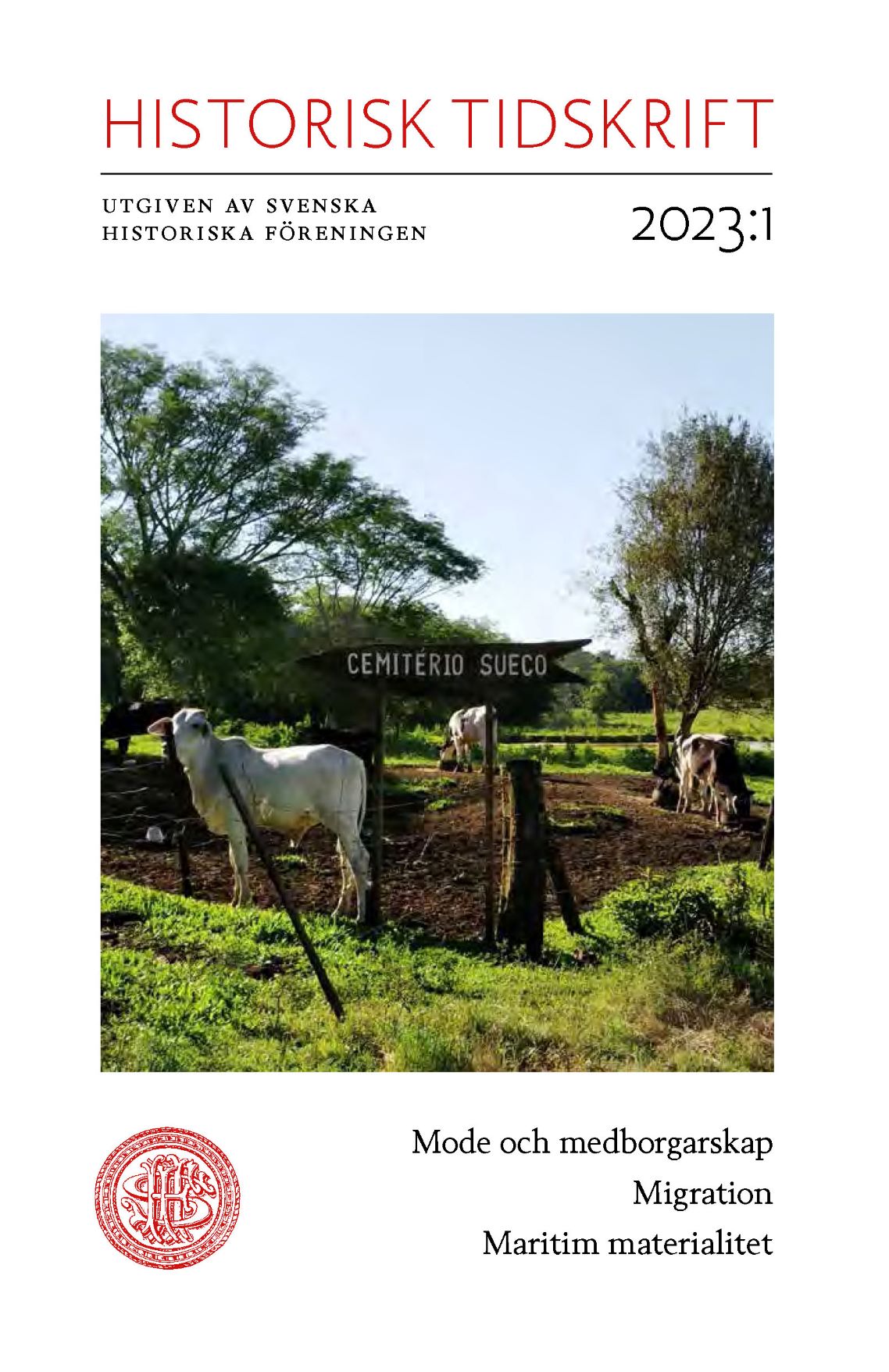Abstract
Fashioning citizens: How the Swedish Scout Association and the Men’s Fashion Council used personal ”style” to govern youth in the 1950s and 1960s
In the late 1950s, Sveriges Scoutförbund (the Swedish Scout Association) launched courses for vocational schools called Stilskolan (lit. ”Style school”). A few years later, the Scout Association (from 1960 known as Svenska Scoutförbundet, the Swedish Guide and Scout Association) entered into a partnership with the Swedish Men’s Fashion Council, which provided material for the courses. The organisations regarded this educational arena as an opportunity to affect the attitudes of Swedish youth about personal behaviour, moral values, and appearance
In this article, we draw inspiration from studies of governmentality to examine the Stilskolan educational programme from a disciplinary perspective. Why did it revolve around style, dress, and personal appearance? What strategies shaped participants’ bodies and behaviours? By answering these questions, we gauge how fashion and style were employed in the effort to mould suitable citizens in the post-war era.
The first courses were held in 1957. After a slow start, the programme expanded rapidly in the early 1960s when the Men’s Fashion Council became involved, providing educational material. We analyse the educational material used in Stilskolan to show how dress, fashion, and personal appearance were framed as techniques to strengthen citizenship among young people. We conclude that the course content reflected a strong belief in the importance of dress and physical appearance for successful social interaction and self-improvement, while also displaying a lack of faith in young people’s ability to navigate the wide range of consumer goods available to them. Stilskolan presented individuality as desirable, but only when expressed within strict limits. By far the most important message about dress and appearance was the importance of conforming to social norms, whether at work and or in their leisure time. This was done by making young people self-conscious about how they were viewed by friends, colleagues, managers – and potential partners. The hope was that self-awareness – being conscious of the judgement of others – would teach young people an important lesson about conformity and would impress on everyone, and especially young men, the need to regulate personal appearance, hygiene, and dress. To conclude, we have shown how the organisations involved in Stilskolan used techniques of self-improvement and self-discipline to govern youth and produce selfreliant, productive citizens through style in the broader sense of fashion, hygiene, and personal appearance.

